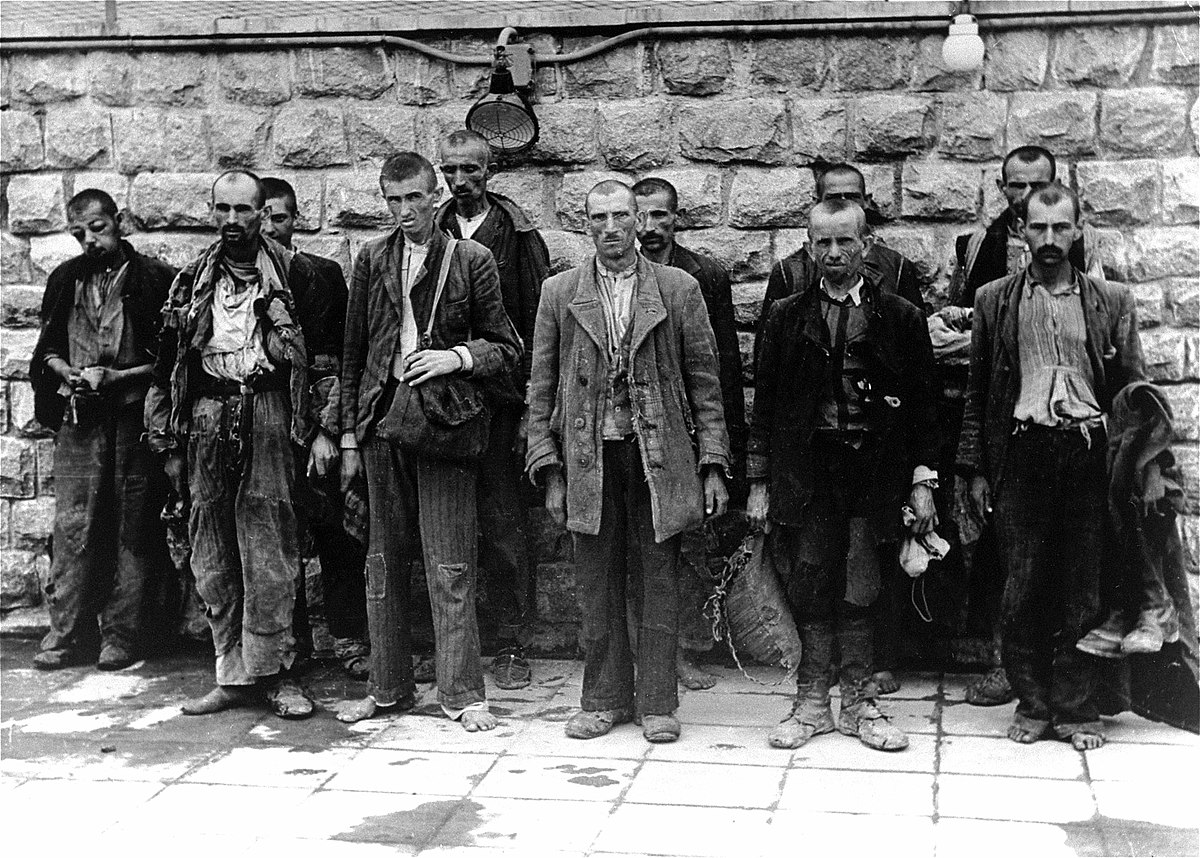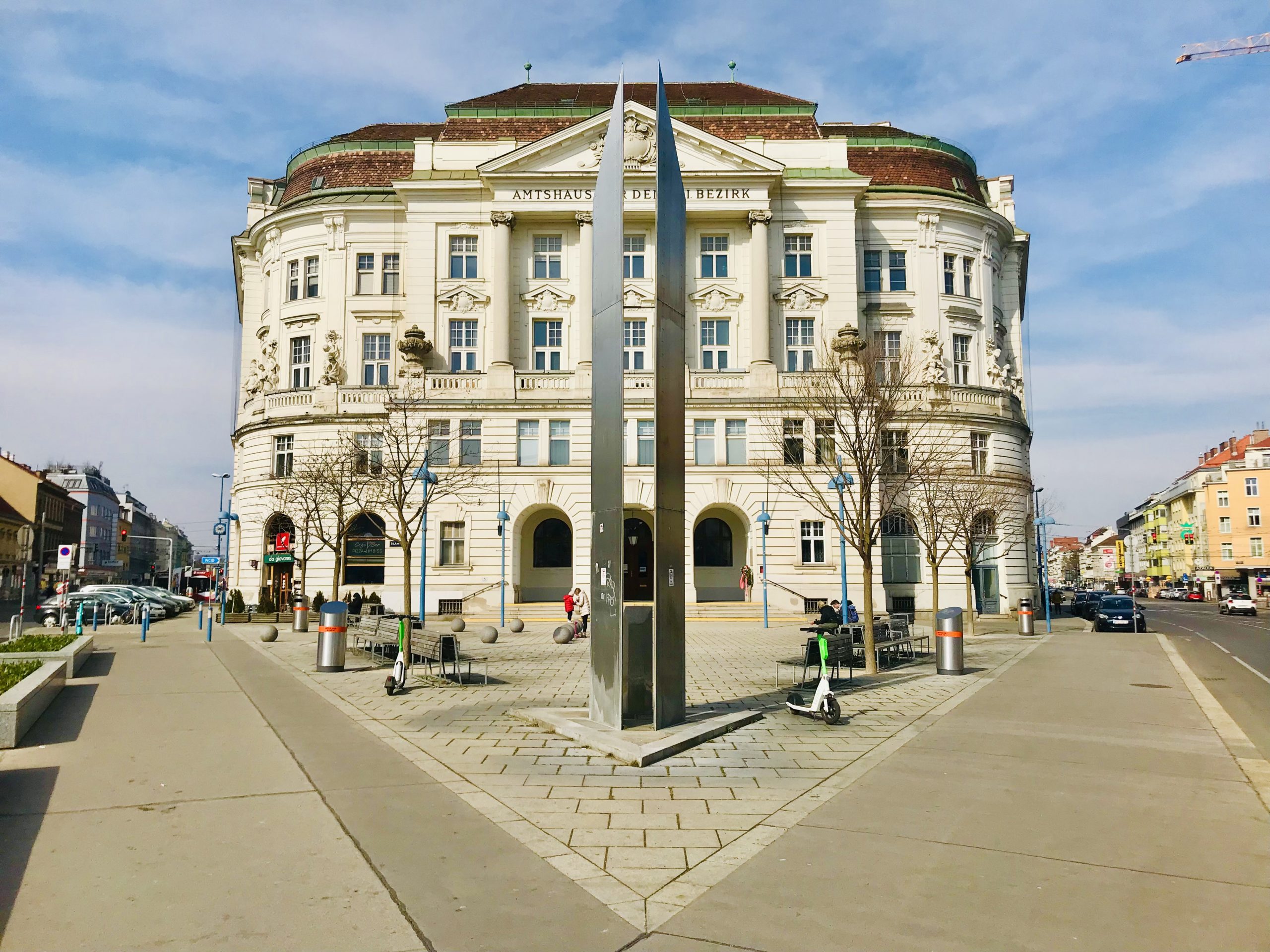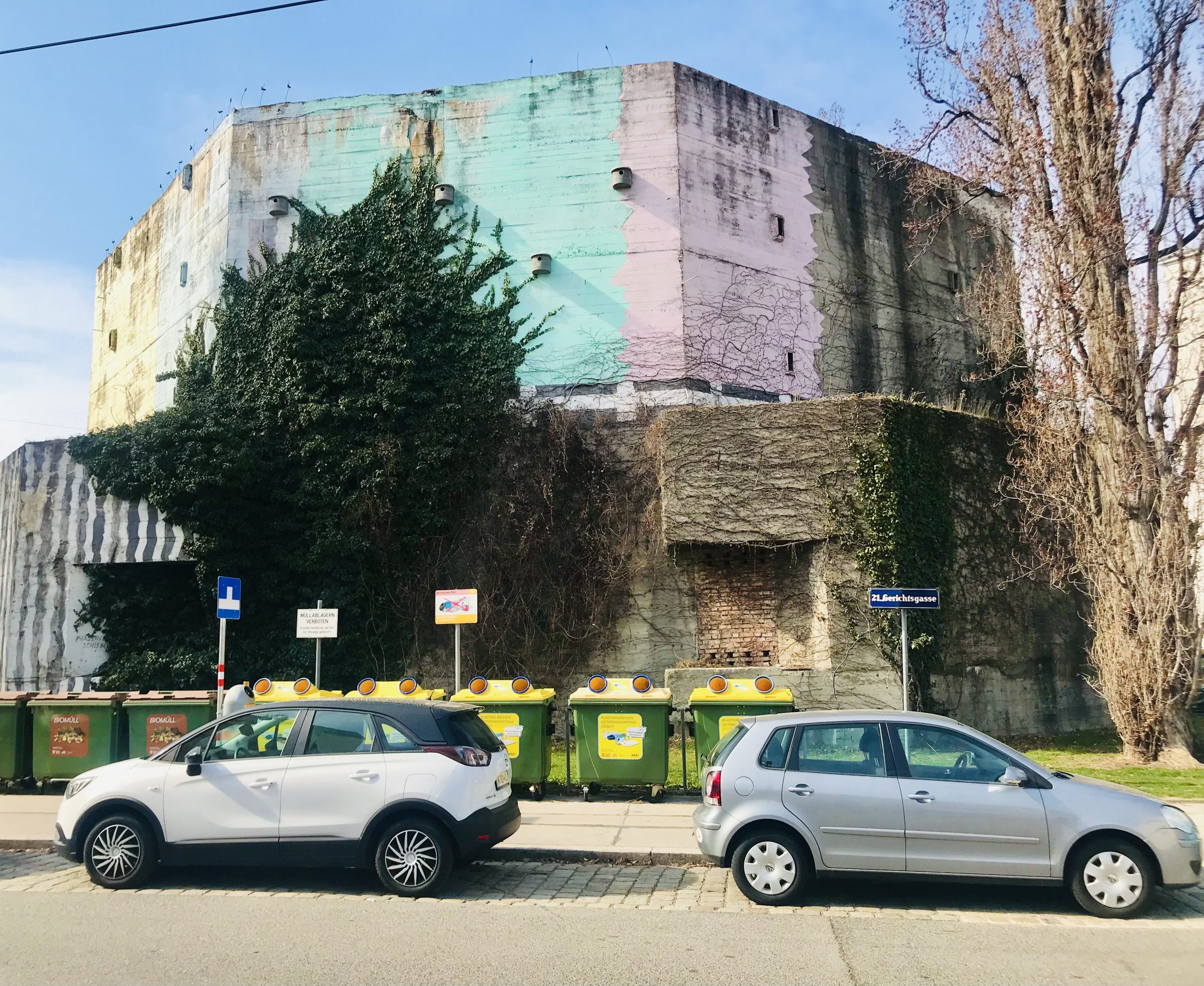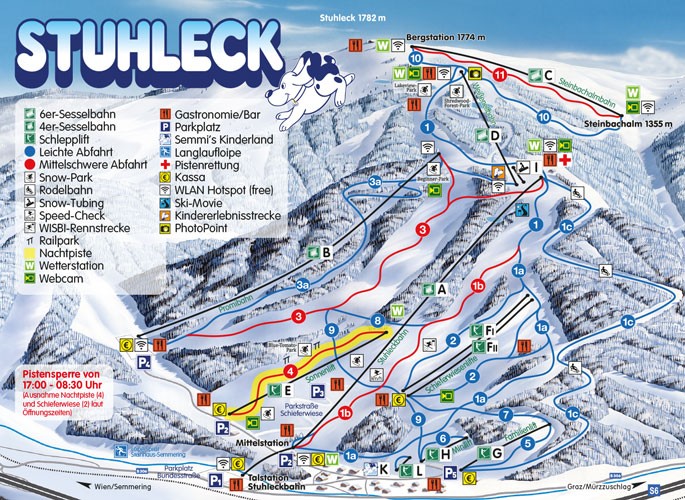
STUHLECK SKI RESORT IN SEMMERING: SKI IN THE ALPS WITHIN ONE HOUR FROM VIENNA
Table of Contents
Imagine being in the heart of the Alps within just one hour from Vienna. The Stuhleck Ski Resort is a straight shot from Vienna on the S6 motorway and is the closest thing to “real skiing” near the city. With a peak of 1,782 meters (5,846 feet), Stuhleck, located in the region of Semmering, is part of the Fischer mountain range.
The skiing and amenities are what one would expect to find from a local ski resort with larger terrain and broader appeal. In fact, the women’s professional slalom was held here in December 2019. Our family spent a full day and there were plenty of runs that we did not tackle. There is a nice family ski area for beginners and a variety of pistes for all levels of skiing and snowboarding. There is also a tobogganing trail. There are 18 runs, 10 lifts and 24 km of slopes to be enjoyed. The views at the Stuleck Ski Resort were wonderful and the scenery rivaled that of western Austria.
Looking for a quick getaway from the city? The Stuhleck Ski Resort in Semmering is waiting.
OUR EXPERIENCE AT THE STUHLECK SKI RESORT
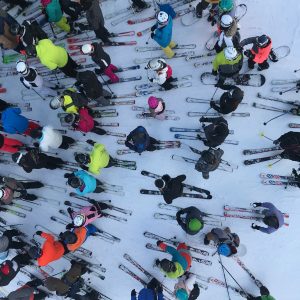 whitehousetravel.com
whitehousetravel.com
We had a great day of skiing at Stuhleck Ski Resort with our family and friends. We discovered a lovely gentle easy run (Blue Trail 8) that went through the forest and connected two trails. If you can ski during the week, that is the way to go. We had the entire place to ourselves. The weekend can get congested with most people traveling from Vienna to go skiing for the day.
The drive from Vienna to Stuhleck is not only scenic but is a straight shot with 2-3 turns. We had lunch at the ski hut at the bottom of the mountain connecting Blue/Red Trails 3. The food was typical Austrian fare and the prices were average for most ski resorts. We took the day and explored the entire mountain. The Intermediate slopes tended to be more like Blue runs.
On the way home, we stopped in the small town of Gloggnitz and had a nice dinner at one of the local restaurants We enjoyed views of Mount Rax and Mount Schneeberg — the two highest peaks in the region.
Overall, a trip to the Stuhleck Ski Resort is a nice day out with fresh air for a family living near or in the city of Vienna.
PRO TIPS FOR VISITING THE STUHLECK SKI RESORT
To make the most of your day out at the Stuhleck Ski Resort, please read our PRO TIPS below.
PRO TIP 1. Enroute to the Stuhleck Ski Resort, detour off the highway through the cute towns of Greis and Breitenstein to enjoy views of the imposing Bergruine or castle ruins on the hilltops. Interestingly, while Greis may have no snow whatsoever, as you exit the mountain tunnel into Spital, snow abounds.
PRO TIP 2. Go to the Stuhleck Ski Resort during the week, you will have the place to yourself.
PRO TIP 3. As skiing in Stuhleck is a legitimate day trip from Vienna, there is not much lodging nearby.
PRO TIP 4. DINING. As the post-skiing dining options are limited, we recommend traveling a few exits up the highway to the town of Gloggnitz. Although the center of town has several eateries, we enjoyed a superior meal at the Bevanda Restaurant, a centrally located trattoria with contemporary decor and legit Napoli-style pizza.
PRO TIP 5. PARKING. Parking is… well, complicated. Although the most ample parking can be found at the main lot, I prefer to park near the ski school near the ticket office. If you continue on the road past the ticket office and up the mountain, you can also find parking along the way. Walk to the slopes and then down to the ticket office.
RELATED ACIVITIES
WILDKOGEL RODELBAHN. Race with your family and friends down the world’s longest illuminated toboggan run at the WildKogel Rodelbahn in Neukirhen-Bramberg.
BEST PLACES TO STAY
WHITE INN. Modern apartments for families only 7 km (4 ½ miles)from the Stuhleck Ski area. FREE Wifi and FREE parking. ADDRESS: Untere Berggasse 5, 8680 Mürzzuschlag, Austria.
DER – KNAPPENHOF HOTEL. Traditional hotel with modern rooms at the foot of the Rax Mountain, the Knappenhof offers a wellness area with sauna, steam room, and restaurant. The Rax Cable Car is 5 km (3 miles) away, Semmering Ski Area is 18 km (11 miles) away. ADDRESS: Kleinau 34, 2651 Reichenau, Austria.
SO/ VIENNA. Designed by the famous architect Jean Nouvel, this stylish hotel is near all of the sites. Panoramic views over Vienna, a gourmet restaurant, a gym, and FREE spa facilities. Modern, spacious rooms with air conditioning, FREE mini-bar, and FREE Wifi. ADDRESS: Praterstraße 1, 02. Leopoldstadt, 1020 Vienna, Austria
RUBY LISSI HOTEL VIENNA. Boutique hotel located in an 18th-century building in Vienna’s first district. Luxuriously furnished rooms with air conditioning, wooden floors, use of tablet device and FREE Wifi. Each room has a Marshall amplifier and guitars can be rented. Organic breakfast and 24/7 access to Italian antipasti and snacks, beverages and selected wines. ADDRESS: Fleischmarkt 19 / Laurenzerberg 2, 01. Innere Stadt, 1010 Vienna, Austria.
RESOURCES
![]()




